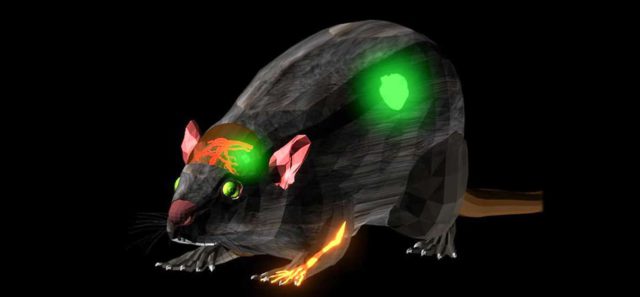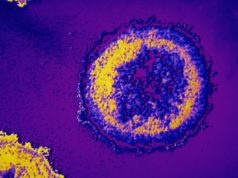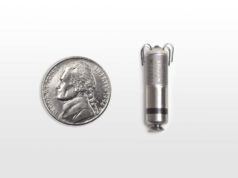Doctors using glowing dyes to make tiny blood vessels glow on a computer screen is not a new practice, what’s new is Stanford researchers developing a medical dye that emits light at a near-infrared wavelength that can help to pinpoint tumor locations near the skin’s surface in a variety of cancers, such as head and neck, melanoma and breast cancer. The light, which is not visible to the human eye, can be viewed by a special camera and be projected to a monitor to produce deeper, sharper images from inside the body.
Before now, some of these dyes have safety concerns as they’re made from carbon nanotubes or quantum dots can linger in the body for days and months, caught in the liver and spleen, before being excreted slowly. The researchers at Stanford say they have solved that problem by creating molecular fluorescent dyes that produce light in a portion of the near infrared range known as the second near-infrared window, or NIR-II. The dye created by chemistry Professor Hongjie Dai, and his team can be excreted through urine within 24 hours.
Even though there’s still a lot of testing ahead before the dye is ready for human patients, the paper published Alex Antaris, a graduate student in Dai’s lab and the first author on a recent paper in the journal Nature Materials details how NIR-II fluorescence imaging has potential as a surgical guide because it can capture video in real time, allowing surgeons to get a real-time view of where tumors are located.





































